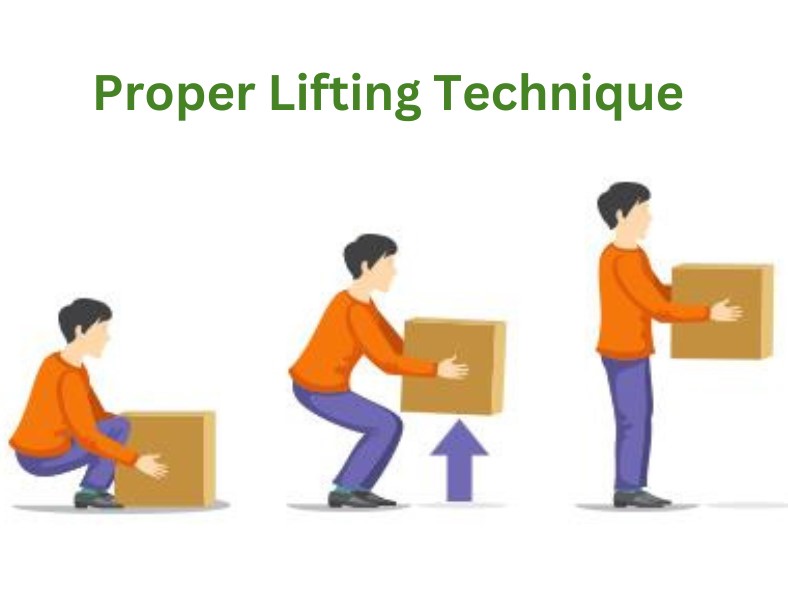Save 25% On Your First Autoship Order
Save 25% On Your First Autoship Order

We have all faced the need to lift a heavy object and have probably done so without injury. Did you know you can cause serious injury using improper lifting techniques? Lifting a heavy object incorrectly can lead to acute muscle or ligament strains that can last for only short periods or linger longer. These strains are small little tears in the actual muscles of the lower back. As you can imagine, pain relief is a good thing. So, how do we avoid injuring our backs when lifting heavy objects?
While back injuries can be common, trying to avoid them is still a good idea. Improper lifting of heavy objects can lead to back injuries such as:
Okay, we have established that improper lifting of heavy objects can lead to back injuries. So what steps can we take to avoid these injuries? There are several proper lifting techniques that can help you lift heavier objects safely, and they include:

Using proper lifting techniques can help minimize pain and lower back injury. The old saying is slow and steady wins the race, which also applies to proper lifting. Never rush to get the job done quickly; use the correct techniques to minimize the risk of back injury!
Disclaimer: All content found on our website, including images, videos, infographics and text were created solely for informational purposes. Our content should never be used for the purpose of diagnosis or treatment of any medical conditions. Content shared on our websites is not meant to be used as a substitute for advice from a certified medical professional. Reliance on the information provided on our website as a basis for patient treatment is solely at your own risk. We urge all our customers to always consult a physician or a certified medical professional before trying or using a new medical product.

Kevin Cleary has been a Health Products For You contributor for many years and has a degree in marketing. His health and wellness journey has a very personal meaning and has guided him in his content writing for HPFY.
In 2006, ...
How To Increase Iron Levels Quickly
It’s a question that must have puzzled you like many others. Iron is essential in hemoglobin production and its inadequate levels can negatively impact your health. Dive into this informative article to explore top iron-rich foods that can help you fight iron deficiency.
10 Best Coccyx Cushions for Tailbone Pain
If you're like most people, you spend about 8 to 10 hours sitting every day. However unhealthy, it is part of life for many, and can cause tailbone pain. Coccyx cushions can help alleviate this pain. Click to read more and find the perfect coccyx cushion for your tailbone pain.
5+ Best Adult Diapers for Fecal Incontinence
Dealing with fecal incontinence can be challenging, but you're not alone. Read this article and navigate through discreet and effective solutions that help you manage fecal incontinence and let you live life on your terms with confidence and comfort.
Top 5 Best Reviewed Nebulizers of 2024
Need an effective and affordable nebulizer? Look no further, in this article we offer 5 of our best reviewed nebulizers that are loved by our customers. Click to read more and find the perfect nebulizer for all your respiratory needs.
10 Best Penis Pumps For Erectile Dysfunction
For anyone dealing with erectile dysfunction, penis pumps serve as a great way to manage it. But with so many products available, determining the best one for your needs can be challenging. To assist you in refining your choices and making an informed decision, here are our top 10 options, recognized for their effectiveness and safety.